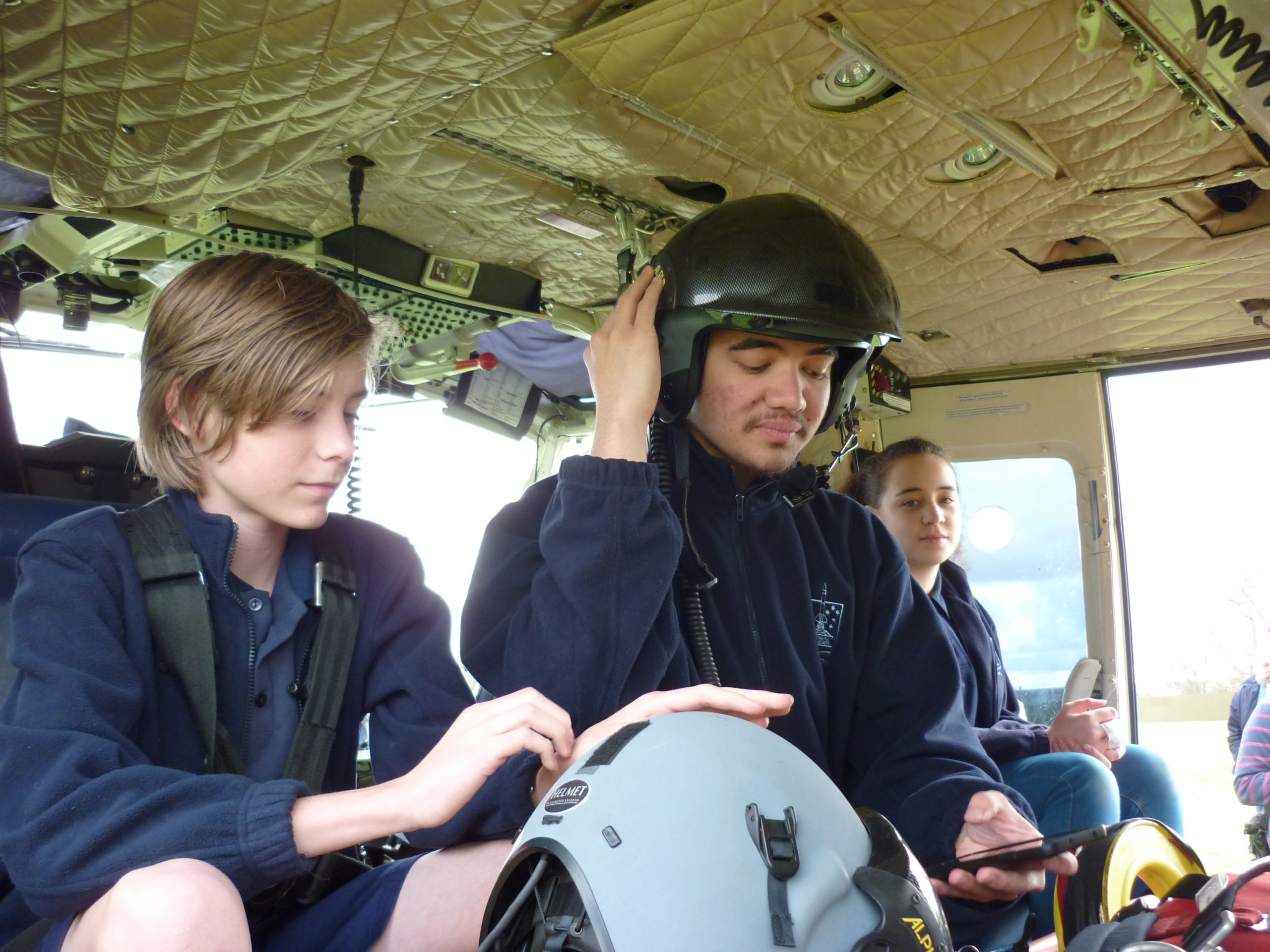Curriculum
Australian Curriculum
The Australian Curriculum sets the goal for what all students should learn as they progress through their school life – wherever they live in Australia and whichever school they attend.
The Australian Curriculum can be used flexibly by schools, according to jurisdictional and system policies and schedules, to develop programs that meet the educational needs of their students and that extend and challenge students. Schools implement the Australian Curriculum in ways that value teachers’ professional knowledge, reflect local contexts and take into account individual students’ family, cultural and community backgrounds.
Progress with implementation of the full scope of the Australian Curriculum in each state and territory level is informed by, amongst other things:
- the readiness of their systems, schools and teachers
- the extent of change from current curriculum provision
- available resources
- existing curriculum development cycles and processes.
Schools develop tailored local curricula that meet the needs of their students either directly from the Australian Curriculum, in some states and territories, or from curriculum documents incorporating the Australian Curriculum, in others.
More information about the implementation of the Australian Curriculum in each state and territory by curriculum and school authorities can be found on the ‘Foundation – Year 10’ page of the ACARA website.
Click Here and choose Version 8.3
For Parents:
This link will take you to the ‘Australian Curriculum: An Overview for Parents’.
It will explain how the Australian Curriculum is organised, including information about the learning areas, general capabilities and cross-curriculum priorities. There is also information about how schools can use the Australian Curriculum to support students’ needs and interests, and links to further information.
South Australian Certificate Education (SACE)
Requirements of the SACE
There are two stages of the SACE:
- Stage 1, which usually begins in Year 10 with the Personal Learning Plan, and continues through Year 11.
- Stage 2, which is usually undertaken in Year 12.
Each subject or course that is successfully completed earns ‘credits’ towards the SACE. Students receive a final grade from A to E for each Stage 1 subject and a final grade from A+ to E– for each Stage 2 subject.
To qualify for the SACE students must:
- complete a minimum of 200 credits
- achieve a C grade or better in the Stage 1 compulsory requirements
- achieve a C– grade or better in the Stage 2 compulsory requirements.
The compulsory requirements are:
- Personal Learning Plan — 10 credits at Stage 1
- literacy — at least 20 credits from a range of English subjects (Stage 1 or Stage 2)
- numeracy — at least 10 credits from a range of mathematics subjects (Stage 1 or Stage 2)
- Research Project — 10 credits at Stage 2
- other Stage 2 subjects — at least 60 credits from a range of Stage 2 subjects.
The remaining 90 credits can be gained through additional Stage 1 or Stage 2 subjects or Board-recognised courses of a student’s choice (such as vocational education and training (VET) or community learning).
Vocational Education and Training (VET)
VET in SACE:
As part of their SACE, students can complete VET that is within the AQF (Australian Qualifications Framework). The SACE Board’s recognition arrangements enable students to build meaningful pathways in the SACE through VET.
The recognition arrangements for VET in the SACE include recognition of:
- completed qualifications
- partly completed qualifications (for which a student has completed one or more units of competency).
The SACE Board recognises VET that:
- is listed on the training.gov.au website
- is delivered and assessed by, or under the auspices of, registered training organisations (RTOs), which are registered to deliver and/or assess the VET qualification
- is delivered and assessed in accordance with the VET Quality Framework
- can be certified on a transcript, statement of attainment, or qualification issued by an RTO.
The SACE enables students to include a significant amount of VET in their SACE studies. Students can gain recognition for up to 150 SACE credits at Stage 1 and/or Stage 2 for successfully completed VET.



